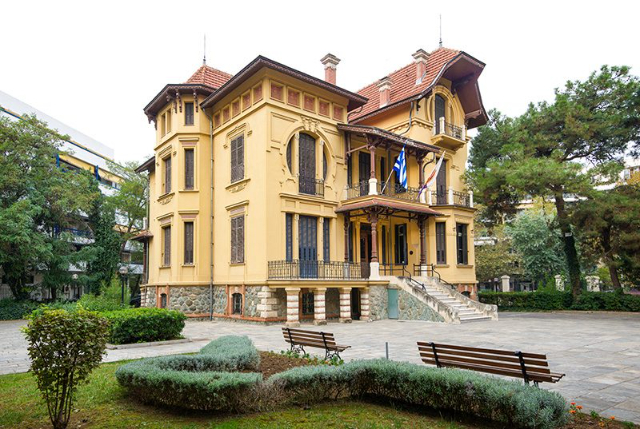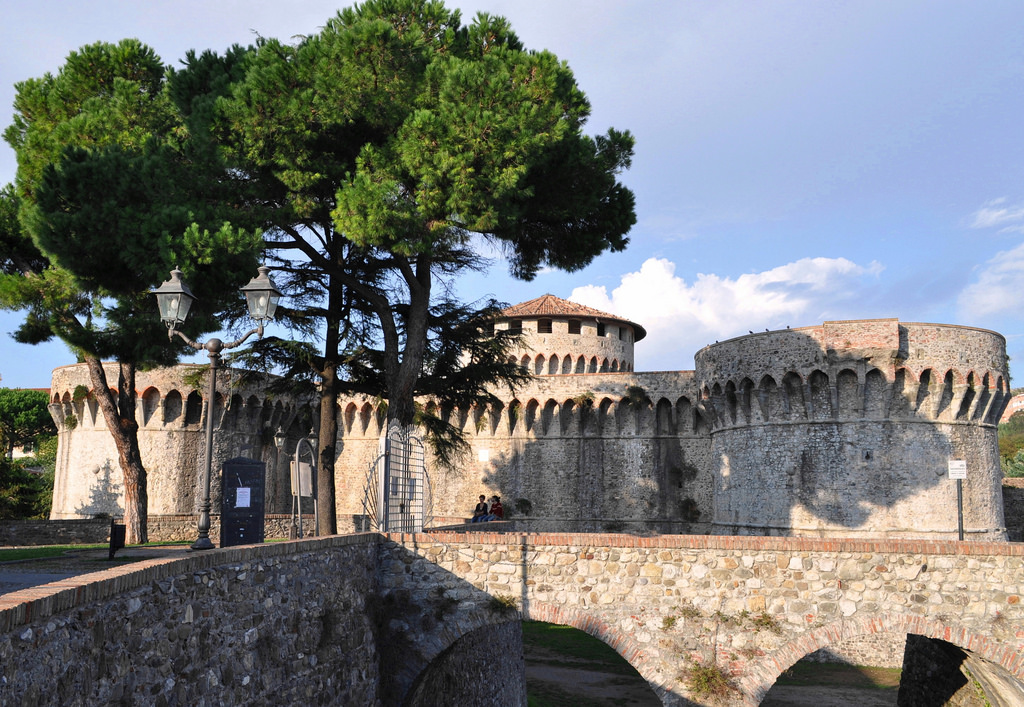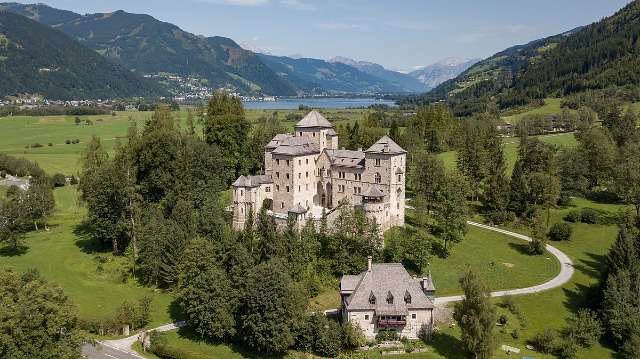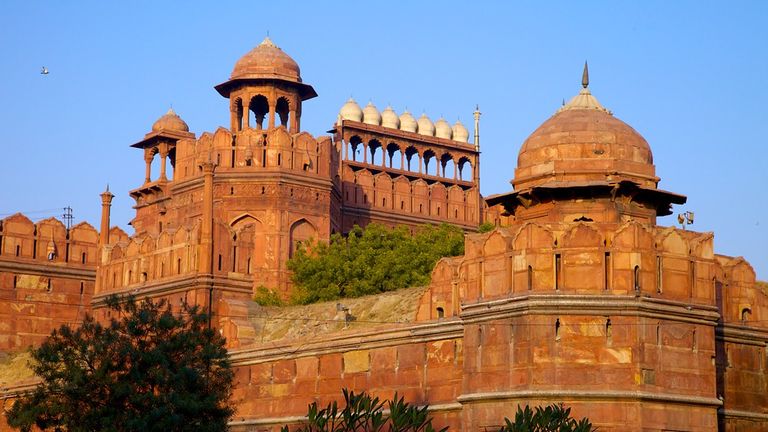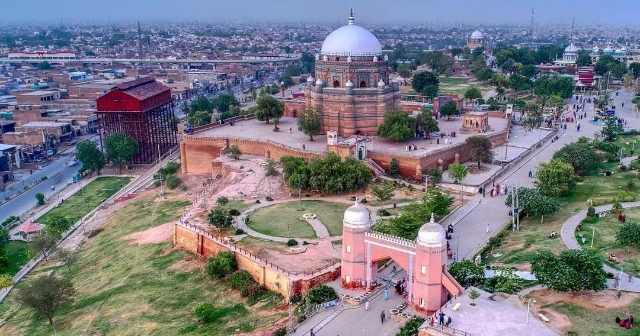The Lanfranchi Palace is the greatest monument representing the seventeenth-century period in Matera.
The asymmetrical façade is divided horizontally into two parts by a cornice. In the lower part there are five niches where you can admire the statues of the Madonna del Carmine and Saints. The upper part has vertical pilasters complete with capital, nine blind arches, the largest of which overlooks and incorporates the rose window, and above the crowning of the facade you can see a pediment with a clock in the center.
The work was designed and built, between 1668 and 1672, by Friar Francesco da Copertino at the request of Archbishop Vincenzo Lanfranchi, with the aim of hosting the diocesan seminary. The building of the structure also incorporated the existing Convent of Carmine". In 1864, after the Unification of Italy, the Palazzo Lanfranchi hosted the Liceo Classico "E. until 1980. Duni", where he also taught Pascoli from 1882 to 1884. Since the 1980s the building has given space to the offices of the Superintendence for Artistic and Historical Heritage of Basilicata and, from 6 May 2003, it became the seat of the National Museum of Medieval and Modern Art of Basilicata, divided into four sections: Sacred Art, Collectionism with a gallery of paintings, which belonged to Camillo D’Errico, of Ruoppolo, Abraham Brueghel, De Mura and Preti, Contemporary Art, with works by Carlo Levi, and Demoetnoantropological Section.


